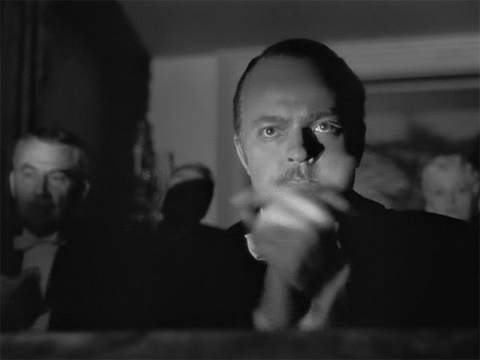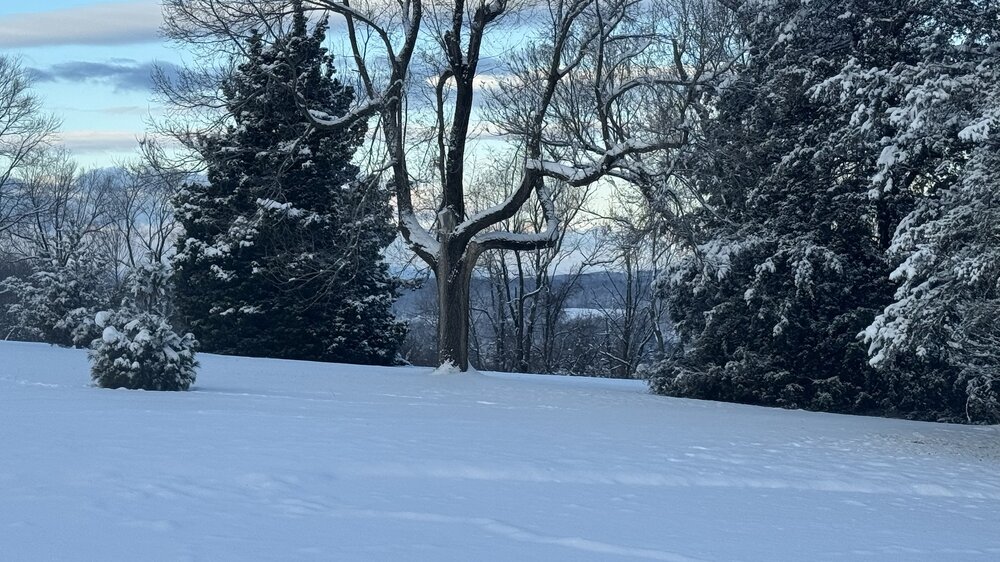-
Posts
26,581 -
Joined
-
Last visited
About psuhoffman

- Birthday 08/01/1978
Profile Information
-
Gender
Male
-
Location:
Manchester, MD
Recent Profile Visitors
33,459 profile views
-
I've been mostly quiet lately...some of that is how busy I've been, some is that I've lost interest in digging into 300 hour stuff and my life is better for it. But you all know I am not shy about calling time of death on a winter around xmas. I've done it before when it really does look bad. Even a couple days ago when the models looked bad for the next couple weeks I never got the sense this was a total dud winter. There are some things that are typical of that... an impending +++AO combined with a strong broad mid latitude central pacific ridge combined with a natural or cold enso. If you see those 3 things across long range guidance heading towards New Years...it's game over. Maybe we get a fluke one off thing but for the most part the winter is dead on arrival. We have not seen that this year. Not at all. The pacific ridge is displaced poleward. The AO has been variable with NAO help at times. These are not the hallmarks of a total dud winter. We will probably get chances. Maybe we get lucky. Maybe not. But there will be things to track this winter. I feel confident in that. I am not saying it's going to be a great winter...or even a good one (although maybe if we do get lucky, it only takes one big storm) but we will have chances.
-
I'm in Florida until the 3rd. Can we extend one day... you could probably use a day to recover anyways right?
-
This is pretty perfect pattern for skiers. Gonna be good for New England and most of the west from Colorado north.
-
I’ll be back in time for the 1996 redux
-
I’ll be gone from Dec 26-Jan 3 so not paying as much attention as normal but I do think that period holds serious potential for exactly this type of event. I don’t think it’s a huge storm setup. Waves will likely not be amplifying in that flow. But I definitely see a healthy NS wave getting forced under us and it doesn’t take a lot of moisture to make something decent work out in that setup.
-
-
Legit heavy snow
-
The kids made their first snowman of the season before going to bed
-
I’m on the first of those 2. Dug Hill ridge.
-
She thinks the magic sled worked https://imgur.com/a/ym1U9Ww#xlsIxX3 https://imgur.com/a/ym1U9Ww#o6BW4Dg
-
Very early. Snowing light. But it has the high ratio fluff look that accompanies most of the positive busts up here when a little bit of qpf can go a long way. If we just get .25 qpf it will be 4+ based on what I’m seeing.
-
My 7 year old just put out this little sled ornament she made at school and said maybe it’s magic and will make it snow. She has no idea…
-
It’s gone snow
-
-
It’s too meso scale for guidance to possibly get right. We wouldn’t even try to nail the exact location of a thunderstorm 60 hours out. This is the same thing.


















